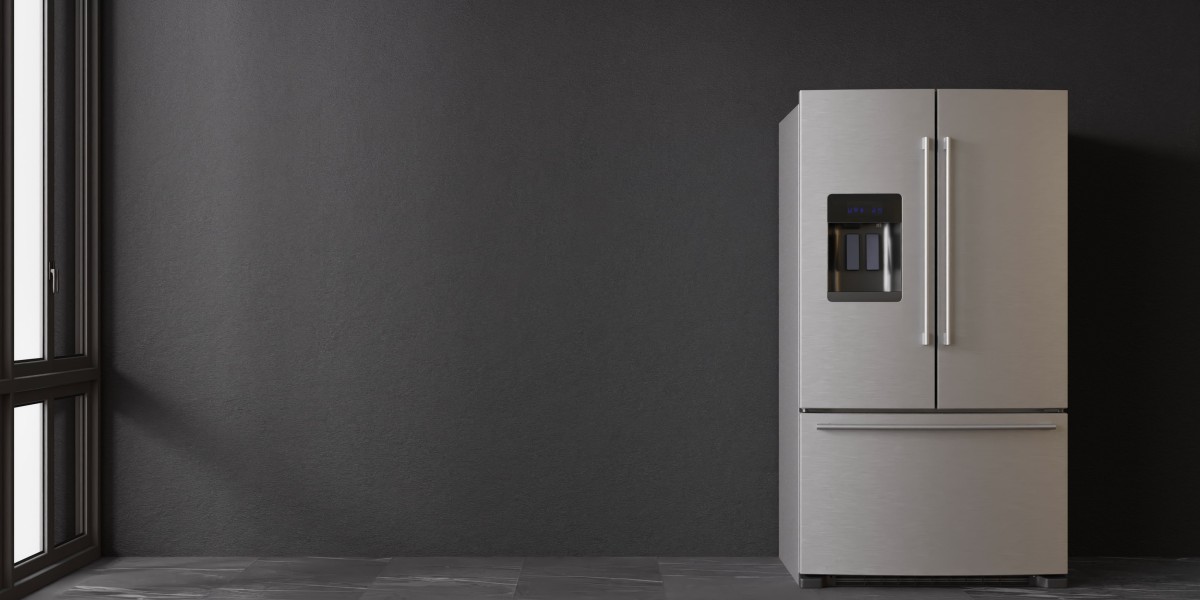 A pod coffee machine uses single-serve capsules of coffee which are pre-packaged to brew coffee. The machine controls the water temperature and pressure to create a consistent taste and quality. It offers convenience and various coffee flavors and types.
A pod coffee machine uses single-serve capsules of coffee which are pre-packaged to brew coffee. The machine controls the water temperature and pressure to create a consistent taste and quality. It offers convenience and various coffee flavors and types.The brewing process begins with cold water. The user then selects the coffee size and presses "brew".
Easy to use
Pod coffee machines use small, pre-packaged containers that are filled with espresso or ground coffee beans. They are made to make a single cup. The pod coffee makers also come with filters and an open valve. To brew coffee, simply fill the reservoir with clean, fresh filtering water and then insert a coffee capsule. The machine then pushes hot water through the holder, and into the cup below. The process takes less time than brewing coffee with ground beans, and is more hygienic.
Many brands of coffee pods are available in a broad variety of styles, including both regular and decaf, organic, flavored, etc. There are even pods that include tea and hot cocoa. They are easy to use and offer an even taste. They are also generally easy to clean.
Most coffee makers that use pods can only brew one cup at a time, so you'll have to refill the water reservoir between uses. Make use of spring or filtered water for the reservoir, and change the filter on a regular basis. It is also recommended to wash the brewing container after each use.
Coffee pods can last up to a year, based on the brand. Make sure they are not damaged or punctured. After that, they may lose some flavor, but they can still be eaten. Some brands of coffee will also have the "best by" date on the package that differs from the expiration date that specifies when food should not longer be consumed.
If you are ready to prepare the coffee, simply put the coffee machine for business pod into the machine and press a button. Some coffee makers automatically detect the type and prepare the brew accordingly. Certain coffee makers will ask you to choose the type of pod and the temperature. Using the right pod for your coffee maker will aid in avoiding over- or under-brewing it.
When you're done, dispose of the pod away in a trashcan. It's also a good idea to run a couple of brew cycles without the pod in order to remove any build-up. Some manufacturers suggest that you take off the reservoir of water, and then clean it thoroughly in hot soapy water. Check the owner's manual to make sure.
Easy to clean
Pod coffee machines are less prone to maintenance than bean-to-cup models, but still require regular cleaning. You can clean them with a vinegar-water mixture or purchase a commercial descaling cleaner. Descale your coffee maker every three months to stop mineral deposits from becoming. This is particularly important if you have hard water, since it can impact your machine's efficiency and taste.
Maintaining your coffee pod's branded machine clean is essential for its proper operation. Every brew creates coffee oil and residue within the machine's chamber as well as nozzle. In time, this can cause poor flow when you use a coffee pod, and even the growth of bacteria. You should also clean every component that is removable, such as the drip tray and water reservoir as well as the K-cup holder, on regular basis.
A regular schedule for cleaning is also important for reusable coffee filters because they could become clogged with dried residue and debris. You can clean them with soapy, warm water before placing them on top of the rack in the dishwasher. You can also soak them in white vinegar for a thorough clean. Allow them to dry completely.
Consult your user guide for the instructions if you're not sure how to clean your coffee pod. Most manufacturers suggest descale your machine every three months using an emulsion of water and distilled vinegar. This will help protect your machine and prevent the build-up of calcium and minerals which can impact the performance of your machine and the taste of your coffee.
Whether you're a fan of single-serve pods or ground coffee, there are plenty of options available for your home. The final decision is based on your priorities and lifestyle. For instance, you might prefer a bean to cup coffee machine that can brew single-serve pods as well as carafes of ground coffee. You should also think about the best way to dispose of used pods without wasting them or damaging the environment. Also, you must be sensible about your budget and time-frame. If you do not have the time to keep up with large kitchen appliances, you could hire an expert house cleaning service that specializes in cleaning kitchen appliances in Melbourne.
Easy to refill
A coffee pod machine is a practical way to brew hot coffee in the comfort of your home. These machines make use of pre-packaged capsules (often called pods) which contain ground coffee and are surrounded by a filter and tubes. They also have an open valve and a nozzle that can be used to control temperature and pressure. Using these devices is simple you just need to place the desired pod in the machine and press a button. Some models come with touchscreens, while others come with WiFi connectivity.
Pods are available in many different sizes, and which ones you choose depends on the kind of beverage you want to brew. Keurig machines typically come with two or four different drink sizes and Nespresso's Original and Vertuo models create six. Single-serve pods are offered for all types of brewing machines.
While most pod coffee makers are simple to use, there's more involved in the process of brewing than most people think. A pod machine is water reservoirs, a one-way valve and heating element to turn water into coffee. These machines are extremely automated and require little maintenance.
Some pod coffee machines come with a place for an insulated travel mug or cup. If not have one, you can buy a separate mug or use your own. You can also purchase a milk frother to use in conjunction with your machine. This will allow you create a delicious cappuccino or latte.
Although the popularity of Keurig's machines has given them a monopoly in the market, there are some excellent alternatives that could be competitive with the top pod-based brewers. For instance, Bruvi was introduced to market in 2022 and made three huge promises coffee that tasted better than other pod-based machines; a larger variety of drink options than Keurig competitors and pods that could be disposed of without causing harm to the environment.
Pods are usually made of paper or plastic However, some manufacturers are experimenting with biodegradable or recyclable materials. It may cost more but the investment is worth it in order to protect the environment. The Bruvi also produces a unique pod, called B Pod, that contains 40 percent more coffee than conventional cups. It is also made for landfills, so that it breaks down faster without releasing microplastics.
Easy to dispose off
Coffee pods are a great convenience for those who don't have time to make their own coffee. The various materials they are made from can take an extended time to decompose on landfills. Metals and wires can also be harmful to the environment. It is essential to find a safe way to dispose of these materials without harming the planet.
Fortunately, the majority of coffee pods can be recycled. Keurig for instance, made its K-Cups 100% recyclable by 2020. The aluminum coffee capsules are also recyclable, though this process requires extra steps. The foil-covered top and grounds of the coffee need to be removed before they can be thrown into your recycling bin. Moreover, they should be rinsed prior to placing them in the recycling bin. It's not a pleasant task, but it's well worth the effort.
You can recycle the pods as well at the local business. Many brands have partnered with companies that will recycle the pods on behalf of you. Nespresso for instance, offers free pod-recycling bag in its stores and on the internet. These bags have a prepaid UPS shipping label, which means you can send them back to the company from any UPS store or Nespresso boutique. These bags can fit up to 200 OriginalLine and VertuoLine capsules.
Some manufacturers are also working to create fully compostable coffee pods. Canterbury Coffee sells a coffee mug with a ring, lid and other parts made from compostable materials. The pod is constructed from aluminum and plastic which are not compostable. The company will also launch a fully compostable cup in six months. It will cost consumers 25 cents more per cup.
Coffee pods are convenient, but they can't duplicate the flavor of whole bean coffee. They aren't as airtight as the containers that are used to store ground coffee. As a result, they lose their aroma and flavors faster. This is a disadvantage If you are a coffee lover and prefer to make your own coffee at home.
Despite these limitations, using coffee pods at home can provide several benefits. One of the biggest advantages is that it keeps your coffee fresher for longer. They can also be used to store other foods like mustard or ketchup.







